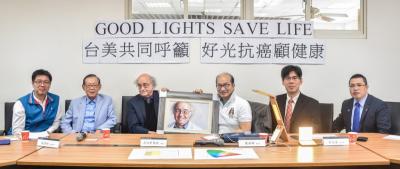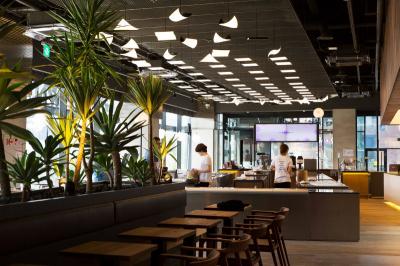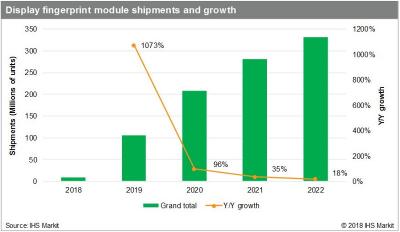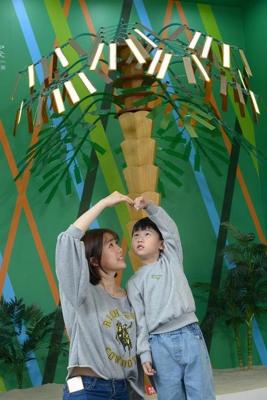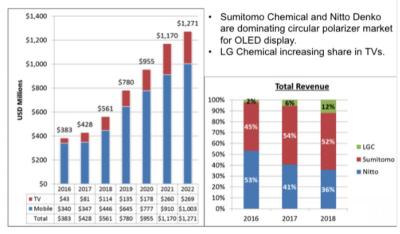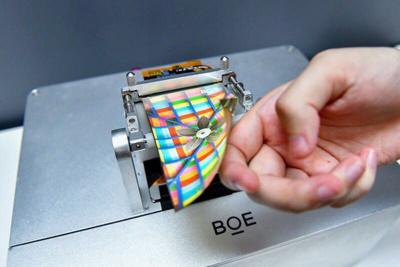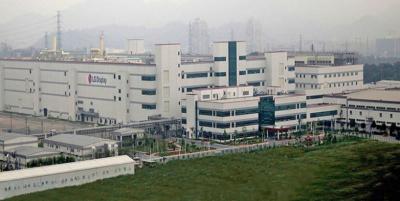Researchers develop a sub-electrode micro-lens array that can increase the light output in OLEDs by a factor of 3
Researchers from the University of Michigan developed a new method to cost-effectively extra more light out of OLED displays. To achieve that, the researchers used a Sub-Electrode Micro-Lens Array (SEMLA) placed between the bottom transparent ITO electrode and the glass substrate. Testing on green and white PHOLEDs, the researchers say the SEMLA enhanced light output by a factor of 2.8 (green) and 3.1 (white) compared to a similar device without the lens array.
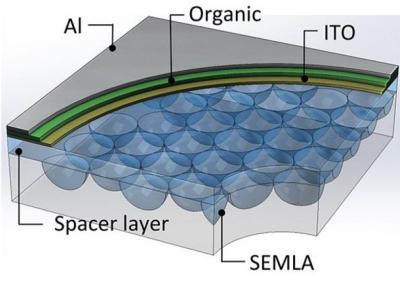
The researcher say that such an array can be fully transparent and has no impact on the sharpness of the display. The hexagonal array of 10 um lenses can be fabricated using conventional photolithography methods which are quite cost effective. Such a micro-lens array does not change the actual OLED production process.


